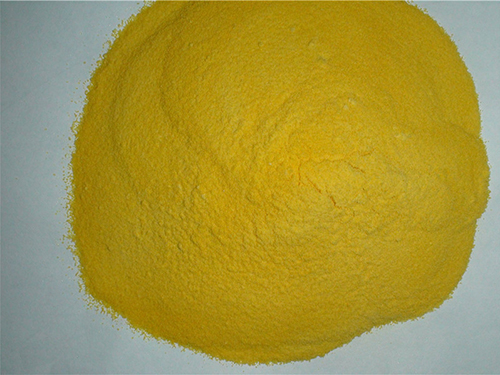polyaluminum chloride water treatment
The Role of Poly Aluminum Chloride in Water Treatment
Water treatment is a critical process that ensures the safety and quality of drinking water. One of the key components in water purification is the use of coagulants, and Poly Aluminum Chloride (PAC) has emerged as a highly effective solution in this domain. Understanding the properties and applications of PAC can shed light on its importance in modern water treatment practices.
Poly Aluminum Chloride is a polymeric coagulant that is synthesized by the hydrolysis of aluminum chloride in water. As a coagulant, PAC is used to remove suspended solids and colloidal particles from water, effectively clarifying it. Its molecular structure enables it to have a high charge density, which facilitates the rapid aggregation of particles into larger flocs that can be easily removed during the sedimentation process.
One of the main advantages of using PAC over traditional alum (aluminum sulfate) is its lower dosage requirement. PAC typically requires a smaller quantity to achieve the same level of water treatment efficiency as alum. This not only translates to cost savings in terms of material use but also reduces the amount of sludge produced as a byproduct. Additionally, PAC operates optimally across a wider pH range, making it suitable for different water sources, including surface water and wastewater.
polyaluminum chloride water treatment

The application of PAC extends beyond drinking water treatment. It is increasingly being utilized in various industrial processes, including paper manufacturing, textile dyeing, and even in the oil and gas industry for drilling fluids. In these contexts, PAC helps in clarifying the water used in processes and in treating wastewater before it is discharged back into the environment. Its effectiveness in removing turbidity and color has made it a preferred choice in many sectors.
Another significant aspect of PAC is its role in enhancing the overall water quality. By removing not only sediments but also pathogens and harmful substances, PAC contributes to producing water that is not just safe for consumption but also meets environmental regulations. Moreover, when used in combination with other treatment methods such as filtration and disinfection, PAC enhances the efficacy of the entire treatment system.
Environmental considerations also suggest that PAC is a more sustainable option compared to traditional methods. Its minimal impact on the environment, coupled with its ability to function effectively with lower dosages, aligns with the growing trend towards sustainable practices in water treatment. As industries and municipalities seek to optimize their water treatment processes, PAC continues to prove its worth as a reliable and efficient coagulant.
In conclusion, Poly Aluminum Chloride plays a vital role in the water treatment landscape. Its efficiency, economic advantages, and environmental benefits make it a standout choice for both drinking water treatment and industrial applications. As global demands for clean water continue to rise, the relevance of PAC in developing effective and sustainable water treatment solutions is poised to grow, making it an essential component of modern water management strategies.
-
Water Treatment with Flocculant Water TreatmentNewsJun.12,2025
-
Polymaleic AnhydrideNewsJun.12,2025
-
Polyaspartic AcidNewsJun.12,2025
-
Enhance Industrial Processes with IsothiazolinonesNewsJun.12,2025
-
Enhance Industrial Processes with PBTCA SolutionsNewsJun.12,2025
-
Dodecyldimethylbenzylammonium Chloride SolutionsNewsJun.12,2025





